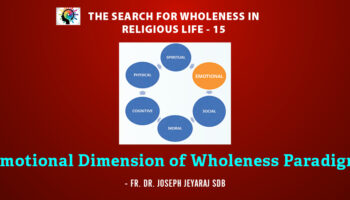Visiting my country (Malta) after five years in India created curiosity among family and friends. Due to the easy access of social media, people seem to be more knowledgeable about social and cultural issues in India now than when I first visited in 1988. This time the type of questions I was asked usually started with, “Is it true that . . .?” “Are the people still . . .?” Maltese were amazed and intrigued that certain practices are still very much in vogue and that others unfortunately are being lost. But one of the hottest questions this time was, “Is the caste system still very much alive?” I tried to explain that a lot has changed since, say, Gandhi’s time, but that there are still marriage announcements every Sunday on the Times of India seeking brides and grooms based on caste, religion, money earned and even shades of skin colour. And there are still some Catholic dioceses without a bishop because one caste would not accept a bishop from another caste.
Climbing the social ladder might be a little bit more accessible nowadays than say seventy years ago, but still, one will always be reminded of his or her own roots. Shilpa Raj, a South Indian girl, featuring in the Netflix series Daughters of Destiny and who wrote her biography The Elephant Chaser’s Daughter, is a clinical psychologist PhD at Hofstra University in Hempstead, New York. She comes from a Dalit class in Karnataka. In one of the interviews she gave, she said that even though she is reading a doctorate in the US, she will never be able to marry an Indian boy from a higher caste. And then again, which Dalit boy in his right frame of mind would think of marrying a PhD graduate?
Brother Carmel Duca MC
To read the entire article, click Subscribe





